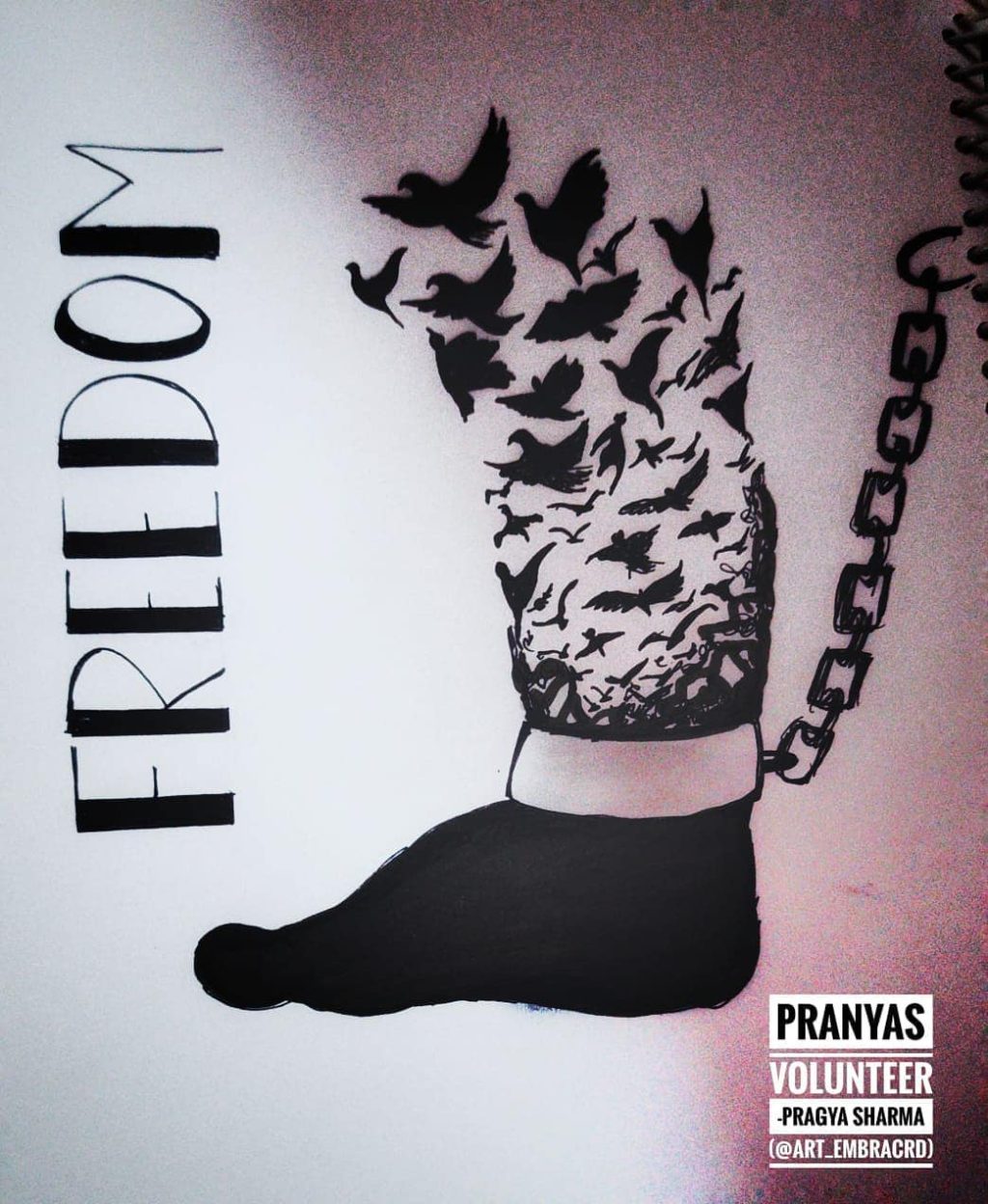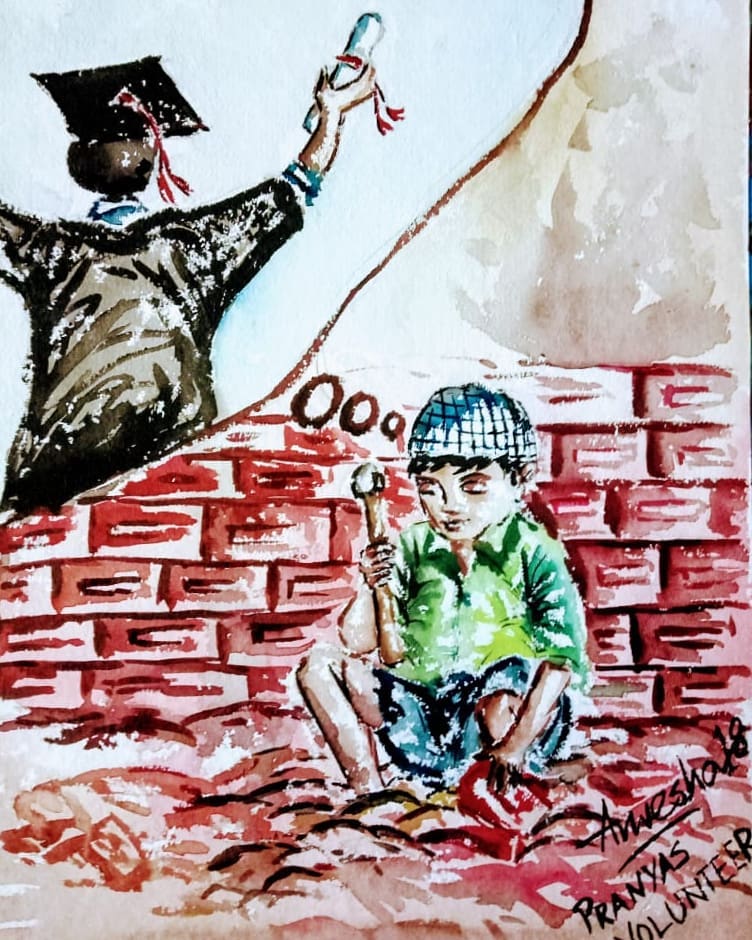The burning issue through centuries which got a well framed name finally in the last half of last century perhaps is our today’s topic. It was, is and always will be a relevant topic till we achieve a utopian gender-neutral society. Now let’s divide the topic into few parts to get a good understanding.
What do we understand by the term ‘Women Safety’?
It is a really broad term and involve various dimensions but here, we will discuss in a more generalized manner. Women safety involves strategies, practices and policies aim to reduce gender-based violence, including fear of crime.
It also calls for safe spaces to create comfort and safety to discourage violence. Women Safety means financial security and autonomy. Less dependence on men help women to make informed decisions and make them less vulnerable to all sorts of family violence. Women Safety involves self-worth. Safe homes recognize the rights, give proper respect and love and empower their women.
Women’s safety involves strategies and policies that take place before violence has occurred to prevent perpetration or victimization. This can happen by improving knowledge and attitudes that correspond to the origins of domestic or sexual violence, such as adherence to societal norms supportive of violence, male superiority and male sexual entitlement. Furthermore, women’s and girls’ full participation in community life must be promoted, partnerships between local community organizations and local governments must be pursued, and including a full diversity of women and girls in local decision-making processes must be promoted. Prevention efforts involve strategic, long-term, comprehensive initiatives that address the risk and protective factors related to perpetration, victimization and bystander behaviour.
Women’s safety means a safer, healthier community for everyone. This is a participatory process focused on changing community norms, patterns of social interaction, values, customs and institutions in ways that will significantly improve the quality of life in a community for all of its members. This is a natural by-product of efforts that attempt to address issues such as family dynamics, relationships, poverty, racism and/or ending sexual violence. Building a healthy, safe community is everyone’s job.
(Source: UN-HABITAT, WICI et al. 2008: 10)
Few Laws regarding Women Harassment
Sexual harassment of women in public places is not defined precisely under Indian law. Several sections of the Indian Penal Code (IPC) deal with it in different ways, and in many cases, with significant overlaps.
Section 292 states that that showing pornographic or obscene pictures, books or slips to a woman or girl will draw a fine of Rs.2000 with two years of rigorous imprisonment for first offenders.
Section 298 (A) and (B) of the IPC sentences a man found guilty of making a girl or woman the target of obscene gestures, remarks, songs or recitation for a maximum tenure of three months.
Section 354 deals with the use of criminal force against a woman with intent to outrage her modesty, and prescribes imprisonment of upto two years, or a fine, or both.
Under Section 509, obscene gestures, indecent body language and comments intended to ‘insult the modesty of a woman’ carry a penalty of rigorous imprisonment for one year, or a fine, or both. Steps to be taken to achieve Women Safety goals
A quick glance at the laws will tell anybody how loosely are these laws taken when it comes to be implemented. So, to achieve Women Safety, well enforced laws are the need of the hour. Also, the administration should empathise and understand the importance of Women Safety in its truest sense if not fully but baby steps like giving the victims some solace or pathways to recovery, using fast track courts, quick arrests of the criminals. Social media, TV and print media need to take up a huge role in this manner. Instead of spreading fake news and bogus advertisements, importance of Women Safety must be promoted through various forms to reach out to the masses. Proper sex education, hygiene, rights and laws from the verge of late childhood and adolescence should be introduced to each and every child. Self-protection lessons must be made mandatory at least in schools and colleges.
Our streets, transport, office, homes, hospitals, educational institutions should be properly monitored and loopholes must be taken care of readily.
Anwesha (Pranyas Volunteer)



